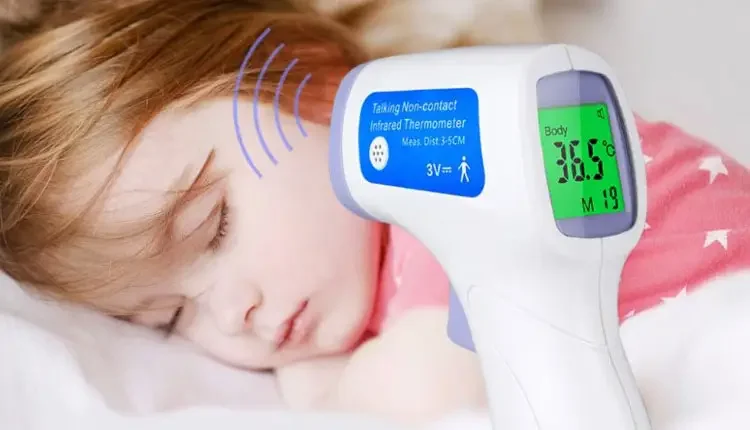Best Practices to Increase the Accuracy of Your Infrared Thermometer

Infrared thermometers allow for the quick measuring of temperatures and at a distance, without the need to actually touch the object they are measuring. These are easy, very useful and even fun devices that have become commonplace everywhere from factory floors to home kitchens.
Infrared thermometers are often made use of to locate overheated electrical circuits and equipment but they also have many other uses. However infrared thermometers may generate misleading or even completely false readings if they are used incorrectly, though these mistakes are easy to work around or avoid completely when best practices are employed.
What are infrared thermometers used for?
Infrared thermometers have common uses in a number of industries, including locating faulty terminations within high power electrical circuits, finding overloaded circuit breakers, and identifying issues within electrical switchgear.
Infrared thermometers are also used to capture process temperature readings, find faulty insulation within process pipes and other insulated processes and to troubleshoot steam traps, as well as a myriad of other applications.
How to measure more
All infrared thermometers come with a “distance to spot” ratio that gives the diameter of the area that is being measured in comparison to the distance from the target. These “distance to spot” ratios can vary wildly from 11 on budget thermometers to around 60 on the most expensive models, and also have slight distance variations, so it is important to read the manual or check the label on the actual infrared thermometer itself.
Don’t let the laser lead you astray
The majority of handheld laser infrared thermometers come with laser pointers showing the measurement area’s approximate centre. It is vital to understand that the laser is nothing more than a pointer and is not actually responsible for the temperature measurement. It is also quite a common misconception that the area illuminated by the laser beam is being measured, when the actual measurement area will actually always be wider.
Avoid confusion with bright lights
Infrared thermometers are usually accurate when measuring the majority of objects, but they can find shiny reflective surfaces to be more of a challenge. Wariness is particularly encouraged when shiny metal objects are being measured, but even reflections off the likes of glossy paint can cause misleading readings. It is a good idea to place non-reflective tape or some flat paint over a shiny surface to provide a target from which a better measurement can be made.
This is because different materials may emit different amounts of infrared energy even when they are the same temperature, with most materials emitting more infrared energy than is the case with shiny metals.
To increase the accuracy of your infrared thermometer, be aware of its “distance to spot” ratio and make sure you are near enough to the target object that the device will only read the area you intend to measure. Watch out for shiny objects, remember that accuracy can be compromised by dust and steam, and keep the lens of the thermometer scratch-free and clean.
If you’re looking for a wide range of infrared thermometers to choose from, check out RS components today!




